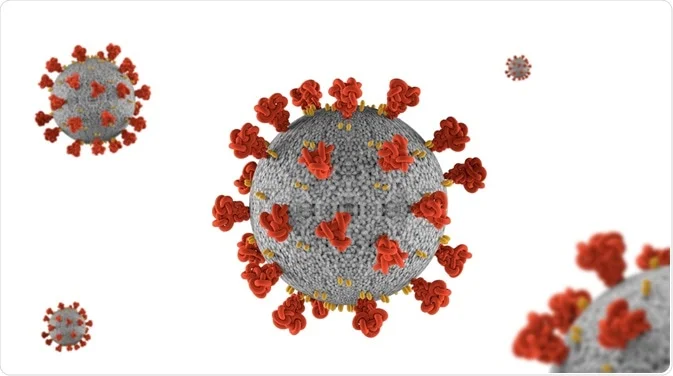In the last year, Covid-19 has grown into a global phenomenon, with many people across the world trying to get their hands on it. But how did this happen? Where did it come from? What is it doing?
What is Covid-19?
A new coronavirus, called “COVID-19,” seems to be spreading more quickly than any other previously known coronavirus to emerge in the human population. Covid-19 is a new strain of coronavirus that has caused a worldwide outbreak. It has been named after the date that it first started spreading: July 19, 2019.
Coronaviruses, also known as coronaviruses (CV) or simply coronaviruses, are small, single-stranded RNA viruses that contain a single strand of RNA and can cause a range of diseases in humans and other animals. The term coronavirus refers to any virus that uses the coronavirus (CV) genome, the genome of any virus that has the genes of a CV. In general, the term coronavirus is used to describe any virus that is able to cause either respiratory, ocular, or gastrointestinal disease.
Many of the details of how this disease has spread so far and so fast remain a mystery, and as such, many questions about it are unanswered. Newly released information about this new coronavirus and the outbreak of the disease it has caused points to one key conclusion: it is rapidly spreading across communities in the Middle East, Asia, and parts of Africa rapidly. It is also highly infectious.
How Covid-19 Spread from Person to Person
Covid-19 is a contagious disease that causes flu-like symptoms in almost all mammals, including humans. It can be spread from person to person through contact with bodily fluids. In short, Covid-19 can be transmitted to other individuals through close, direct physical contact. This is how the virus spreads, and it is not necessary for the other person to have the virus themselves. The virus can be spread via:
- Touching a contaminated surface, such as a door handle, counter, or doorknob, with the hands
- Touching the eyes, nose, or mouth with contaminated objects
It has been found to cause flu-like symptoms in a few individual animals, but it is still unknown how it is transmitted from these animals to humans. The virus, known as a “human-murine exchangeable genetic element” to scientists, is a unique species that belongs to the Coronaviridae family.
How Do We Stop the Spread?
Every year, there are a handful of serious coronaviruses (commonly known as the SARS) outbreaks in the world. While the latest outbreak in south China has mostly subsided, the virus is still circulating in the region, and authorities are scrambling to contain its spread. In the meantime, the virus appears to be mutating to create new strains that are more difficult to contain.
The world is currently under a state of quarantine, with all travel between different countries being stopped. The primary cause of these restrictions is a deadly virus, which has killed many people and caused extensive damage to other countries. As a result, the World Health Organization (WHO) has set up a Travel Restriction to try and stop the spread of the virus. The WHO has told people in the affected countries to stay in their homes, and people in other countries have been advised not to travel to the affected countries.
Hospitals also play an alarming role in the spread of the coronavirus. But how do they stop that? Firstly, hospitals should enforce strict hand hygiene protocols among staff, patients, and visitors. Regular handwashing with soap and water, or using alcohol-based hand sanitizers, is essential. Secondly, they should ensure proper respiratory hygiene by promoting the use of masks and covering mouths and noses when coughing or sneezing. Furthermore, hospitals must uphold a clean and sanitized environment, consistently disinfecting high-touch surfaces and medical equipment. By collaborating with companies providing hospital cleaning in Saint Paul, MN, or other areas, healthcare professionals can efficiently eliminate viruses and germs, ensuring a safe and hygienic healthcare setting.
The Solution
Since its discovery, the virus has been investigated by scientists from around the world. Various phenotyping and genotyping tests (learn about genotyping on https://lnhlifesciences.org/genotyping) are performed by scientists with the goal of better understanding how the virus functions and how it can be used to prevent the spread of the virus in the future. As a result, scientists have made leaps and bounds in their understanding of the virus and have developed many vaccines and treatments in the process.
How Can We Prevent Future Outbreaks?
One of the most important tools in the fight against emerging infectious diseases is surveillance. But, in the past, too often, it’s been the case that surveillance reports have only been reported after a new outbreak has already begun. A better approach would be to gather data before an outbreak happens when a country or community is well on its way to becoming infected. While it’s not possible to prevent every outbreak, we can use surveillance data to improve our prevention practices, identify early outbreaks, and better prepare for future outbreaks.
